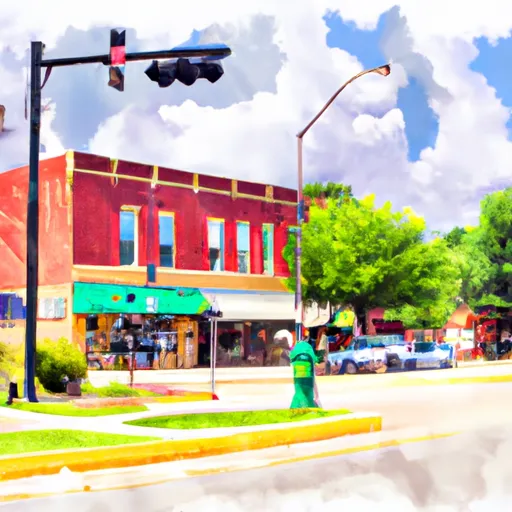°F
°F
mph
Windspeed
%
Humidity











Conway is a small town located in Laclede County, Missouri, with a population of fewer than 1,000 people. The climate in Conway is considered humid subtropical, with hot summers and mild winters. The area receives an average of 47 inches of rainfall per year. Hydrology constituents include the Niangua River, which flows through the town, and several smaller creeks and streams. Outdoor recreation opportunities in Conway include fishing, hunting, hiking, and camping in nearby parks and conservation areas. The Niangua River is a popular spot for fishing and canoeing, while Bennett Spring State Park and Mark Twain National Forest offer opportunities for hiking and camping. Overall, Conway offers a quiet, rural escape for those seeking outdoor adventure.
Weather Forecast
Conway receives approximately 1117mm of rain per year, with humidity levels near 81% and air temperatures averaging around 13°C. Conway has a plant hardyness factor of 6, meaning plants and agriculture in this region thrive during a short period during spring and early summer. Most plants will die off during the colder winter months.
Regional Streamflow Levels
62
Cubic Feet Per Second
1
Cubic Feet Per Second
45
Cubic Feet Per Second
154
Cubic Feet Per Second
Nearby Camping
| Camping Area | Reservations | Toilets | Showers |
|---|---|---|---|
| Point Remove Park | |||
| Bayou Bluff | |||
| Gulpha Gorge - Hot Springs National Park | |||
| Richland Creek | |||
| Lake Sylvia | |||
| Petit Jean State Park |



